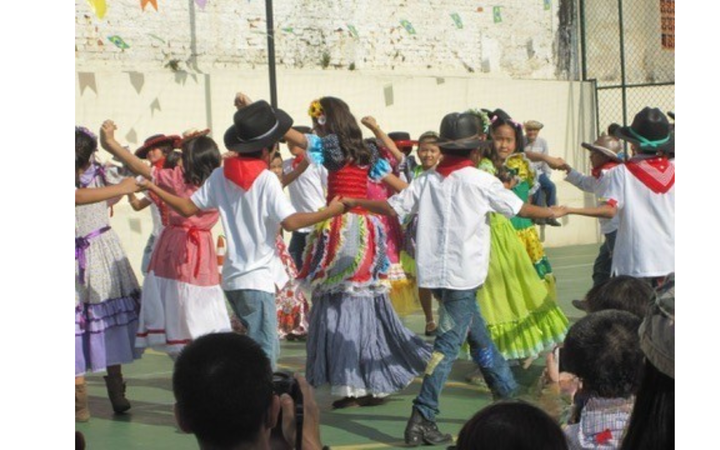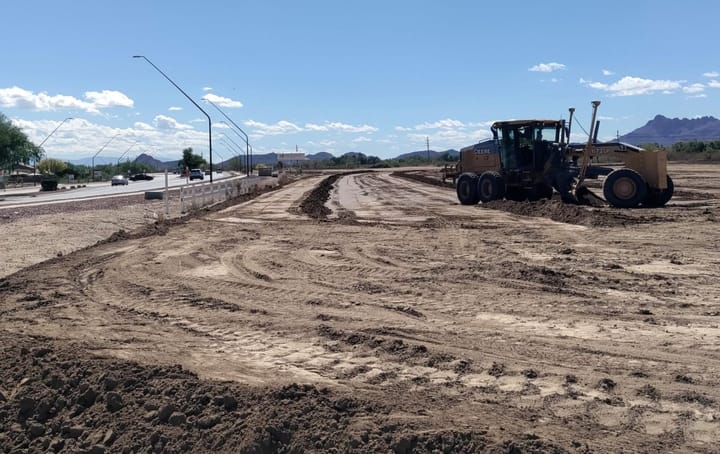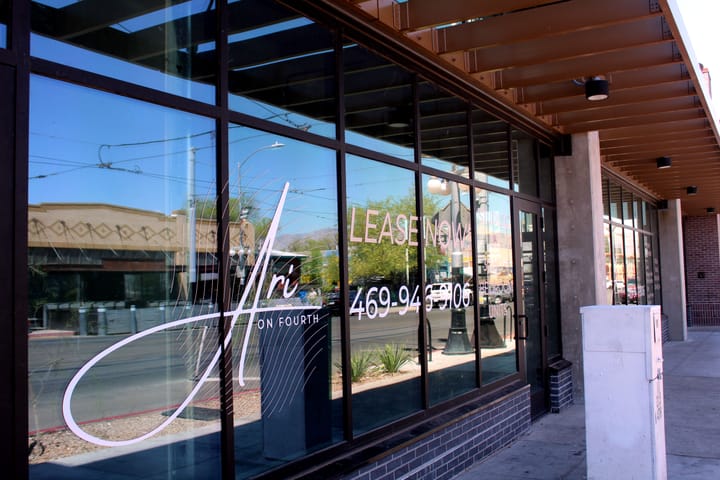Tucson sisters start club for Indigenous and Oaxacan students at UA
C.O.P.A.L is a coalition of Oaxacan students committed to persisting against the discrimination of Oaxacan and Indigenous youth, affirming their cultural identity and supporting the academic success of Oaxaqueños in higher education.
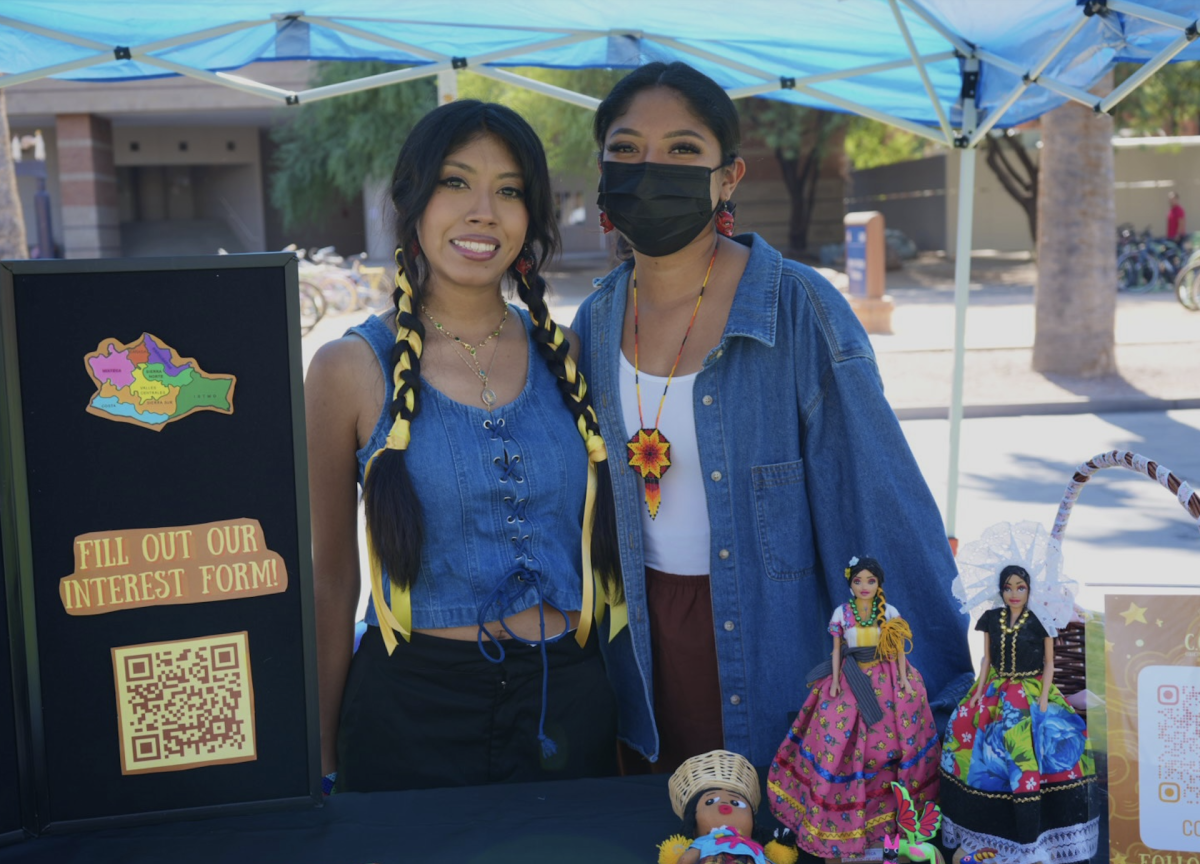
Zoe Montaño / Arizona Sonoran News
Gisselle Ramirez, a third-year astronomy major at the University of Arizona, has always felt connected to her heritage through Tucson’s small Oaxacan community.
That connection inspired her and her sister, Lucero Ramirez, last March to create C.O.P.A.L, a student organization aimed at supporting Indigenous and Oaxacan students at UA. The sisters this fall started getting the word out about the club.
Oaxaca, located more than 1,600 miles away in southern Mexico, is one of the country’s most culturally diverse states. It is home to 16 officially recognized Indigenous groups, according to the Gobierno de Mexico. Many of the traditions of these Indigenous communities have remained vibrant in comparison to other regions in Mexico, partly due to the state’s mountainous terrain. As of 2020, 1.22 million Oaxacans still speak an Indigenous language, according to the same report.
The sisters, who are Ñuu Savi (People of the Rain), come from a family whose pueblo, or town, operates under “usos y costumbres,” a self-governing system similar to Native American territories in the U.S.
It was during Gisselle Ramirez’s elementary school years that she first noticed how different her traditions were from those of other Mexican peers in Tucson. While talking about setting up an altar for the Day of the Dead with a friend, she was surprised to learn that her friend didn’t have one at home.
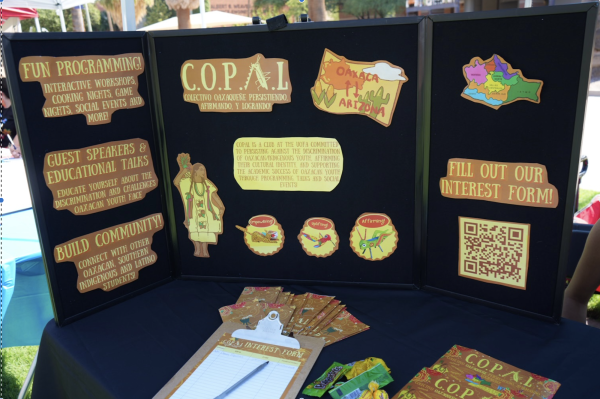
“As I got older, I felt the difference even more,” Giselle Ramirez said. “I felt the separation from Mexican culture. There are things that overlap because Oaxaca is in Mexico, but some things don’t resonate. It’s similar on the Native side, where there are some things that resonate because we are Native American, but it’s still not the same. I feel like I’ve always existed in a third world separate from both identities.”
As a college student, Giselle Ramirez started to meet fellow Oaxaqueños on campus.
“They just started emerging out of nowhere,” she said. “I took that to my sister and said, ‘They’re here, we just need to find them.’ That was the motivation we needed to get started.”
The sisters began laying the groundwork last spring for C.O.P.A.L., named after a tree resin abundant in Oaxaca that holds deep spiritual significance for many Indigenous communities in the region. Giselle Ramirez said that copal is used as a cleanser, much the way sage is burned to purify a space. In her family, they burn copal to bring good energy into their home, especially during important events like weddings or funerals.
Giselle Ramirez said she hopes to hold the group’s first meeting by the end of the semester. She envisions the group will host workshops where students make mole, a traditional Oaxacan dish, host events with guest speakers and throw game nights.
The club’s mission is to not only affirm their identity but uplift each other to achieve their professional and educational dreams.
“I feel like it’s not as encouraged as it should be to go to college in our community. You almost have to go out of your way to make that effort. The expectation is to start working soon as you finish high school,” Giselle Ramirez said. “It’s moving to see people make those decisions for themselves, like, ‘I want to go to college, and I can do it.’ They deserve to be here.”

One of the organization’s central missions is to empower Oaxacan and Indigenous students to resist discrimination.
“Oaxaca is often the butt of jokes. It’s really unfortunate because it’s so beautiful, rich in culture and diversity,” Giselle Ramirez said. “I can’t speak on other Latin cultures, but colorism is a big thing in Mexico—the lighter you are, the more attractive and privileged you appear. It’s pretty rampant and you think it’d go away over time. But it doesn’t.”
A 2021 Pew Research Center study found that Latinos with darker skin color reported more discrimination experiences than Latinos with lighter skin color and noted that skin color continues to impact opportunities and daily life in the U.S. The study emphasized that the history of colorism in both Latin America and the U.S. enables discrimination based on skin color to happen “among Hispanics just as much as it can be directed at Hispanics by non-Hispanics,” the report stated.
“The main thing we’re trying to fight against is that idea that being brown is a bad thing or that being from Oaxaca makes you less worthy, attractive or intelligent,” Giselle Ramirez said. “We are trying to get rid of all of that and empower students to leave that behind.”
The sisters said they are committed to making the club an inclusive space for everyone, regardless of their background.
“Part of achieving our goals comes hand-in-hand with working with people outside the community, helping them understand the beauty and importance of our culture and why we deserve to be here,” she said. “Anyone who’s interested in learning about the culture and who we are is welcome.”
Arizona Sonoran News is a news service of the University of Arizona School of Journalism.

